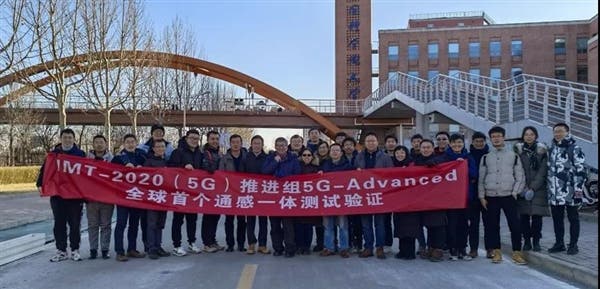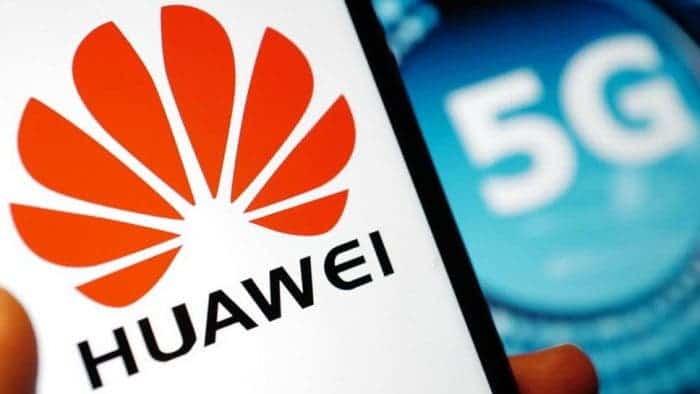On December 30th, under the guidance of the IMT-2020 (5G) Promotion Group of the China Academy of Information and Communications Technology, Huawei completed the world’s first 5G-Advanced communication-sensing integrated technology verification at the Huairou field in Beijing. This test successfully verified the application of synesthesia in smart transportation and park intrusion detection. The detection distance of the synesthesia base station exceeds 500 meters. Also, the position accuracy reaches the lane level, and the detection accuracy of vehicles and pedestrians reaches 100%. The application of synesthesia and technological innovation provides an important reference.

Synaesthesia is one of the important innovation directions of 5G-Advanced. It integrates perception capabilities in the communication system and uses wireless signals to provide real-time environmental perception. It also opens up application spaces beyond traditional connections, and builds a real-world and virtual world interaction.
Multiple business scenarios for Synesthesia application
Currently, Synesthesia has made preliminary explorations in smart transportation, drones, and other industries. However, there are more business scenarios waiting to be explored. This synergy test uses 3GPP 5G signals in the millimeter-wave frequency band to verify its ability to perceive vehicles and people in multiple business scenarios such as smart transportation and park intrusion detection.
When the sensing resources account for no more than 15%, the test results show that the detection range of 5G communication integration exceeds 500 meters. This is more than twice the coverage distance of the actual traffic radar on site. This also helps to greatly reduce the deployment cost and it is also able to distinguish between different target at different speeds-lane. The personnel detection accuracy rate of 100% thus meets the needs of intelligent transportation.
Compared with mainstream traffic radars, 5G-Advanced Synesthesia has performance advantages in key indicators such as detection range, position accuracy, and speed accuracy. Huawei will continue to actively participate in the work of the IMT-2020 (5G) promotion group. It plans to carry out testing and verification of low-altitude security and other scenarios in 2022. Huawei will also bring synesthesia technology into more application scenarios such as high-level autonomous driving.





